CPU OPT vs CPU FAN: When & Why to Use Each of Them?
Note that CPU FAN and CPU OPT are similar in function
5 min. read
Updated on
Read our disclosure page to find out how can you help Windows Report sustain the editorial team. Read more
Key notes
- CPU FAN and CPU OPT are two headers that you can find on a motherboard.
- These headers allow you to connect cooling fans to your computer, but what's the difference between the two?
- This guide will tell you the differences and why it's important to know them.

When building a PC, one of the most important parts is the central processing unit, better known as the CPU. This is the piece of hardware that controls all of the different parts of a computer by sending out instructions.
The full capability of a computer is directly tied to how good your CPU is. So if you ever wonder why whenever Intel or whoever releases a new CPU it’s such a big deal, it’s because companies like that have set the standard. Intel creates some of the best CPUs on the market today.
A CPU is made up of several different components such as a control unit and an arithmetic logic unit. Certain CPU models come with a fan attached to them to keep them from overheating.
You place the CPU unit directly onto the motherboard. But as you look down, you may see some writing on the motherboard header that reads CPU OPT and CPU FAN.
CPU FAN is self-explanatory; this is where you hook up the fan to, but what about CPU OPT? What does that mean and is it at all like the CPU FAN attachment?
Are CPU FAN and CPU OPT the same?
No, but they are similar in function. CPU FAN is the header where the main cooling fan will go, some may call this the heatsink. Without a cooling fan attached to the CPU, your computer will not boot.
It’s crucial that your computer stays at an optimal temperature because overheating can cause damage to the machine. In fact, if someone managed to turn your computer on without a cooling fan, it will shut down automatically if it detects high temperatures.
CPU OPT stands for CPU Optional. As the name suggests, it’s an optional header for a second heatsink. This could be a second fan or a liquid cooling system.
Either way, it’s not necessary to connect something there. Your computer will still boot up as normal and won’t shut down if it detects something wrong with the optional heatsink.
What are the differences between CPU OPT vs CPU FAN?
There are a few differences between the two. As stated earlier, it is mandatory to have a fan connected to the CPU FAN header. On CPU OPT, it’s totally optional to have something there and your computer will turn on as normal.
The second difference also mentioned earlier, is how your computer reacts. Your computer will not boot if there isn’t a fan connected to the CPU FAN. It also shut down if the machine detects high temperatures.
And the final difference relates to what kind of devices can be connected. Yes, you can connect a liquid cooling system to CPU FAN, but it’s recommended that you don’t.
It’s better that you connect a fan to CPU FAN to serve as the primary heatsink. A cooling fan doesn’t have as much power and certain motherboards may have a limit on how much amps a header can take.
Some motherboard fan headers have a limit of 1 amp. A typically cooling fan consumes around 0.20 amps of power whereas most liquid coolers take around 2 amps. If you connect something that exceeds the motherboard’s limit, you can damage the motherboard.
There are exceptions, so it’s best to double-check with the manufacturer or any documents you have for the motherboard and check its amp limit.
When should I use CPU OPT and when should I use CPU FAN?
When it comes to the CPU FAN, it’s not a matter of whether you should or shouldn’t connect a cooling fan there. You must connect something to the CPU FAN header in order for your computer to boot.
CPU OPT can be used if you want that extra cooling system, but most of the time, it’s really necessary. A single cooling fan is enough to get the job done on most computers.
But if you plan on overclocking your computer or pushing its hardware, then it’s recommended that you do get an additional fan.
How many fans do you need for one header?
You just need one. You can connect multiple fans to one header using a fan splitter cable, but you have to be careful to not connect too many.
Too many fans on one header can exceed the amp limit on a motherboard which can damage it. We recommend checking what the amp limit is on your motherboard.
CPU OPT vs CPU fan vs AIO pump
AIO stands for All In One and it refers to a liquid cooling system that’s easy to install. All you have to do is plug it into a header and it’ll work, but the question is which one?
It’s best to connect an AIO pump to the CPU OPT header and connect a fan to the CPU FAN. That way if it fails, you still have a fan working for you. Plus as stated earlier, connecting an AIO pump may exceed the amp limit on CPU FAN.
Feel free to leave a comment below if you have any questions on other pieces of hardware or if you have some that you recommend. Also, feel free to leave comments about guides you’d like to see or information on other computer parts.
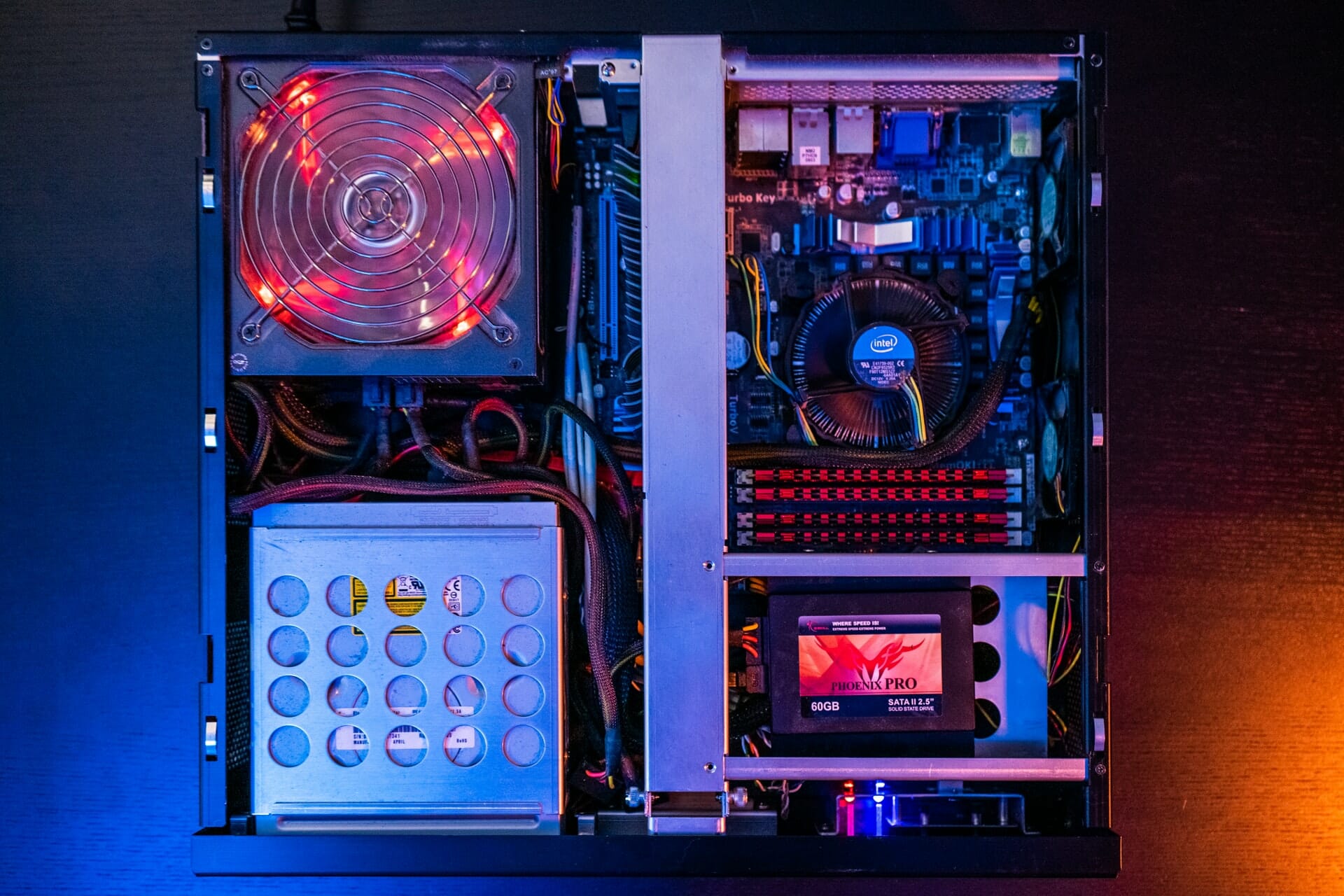





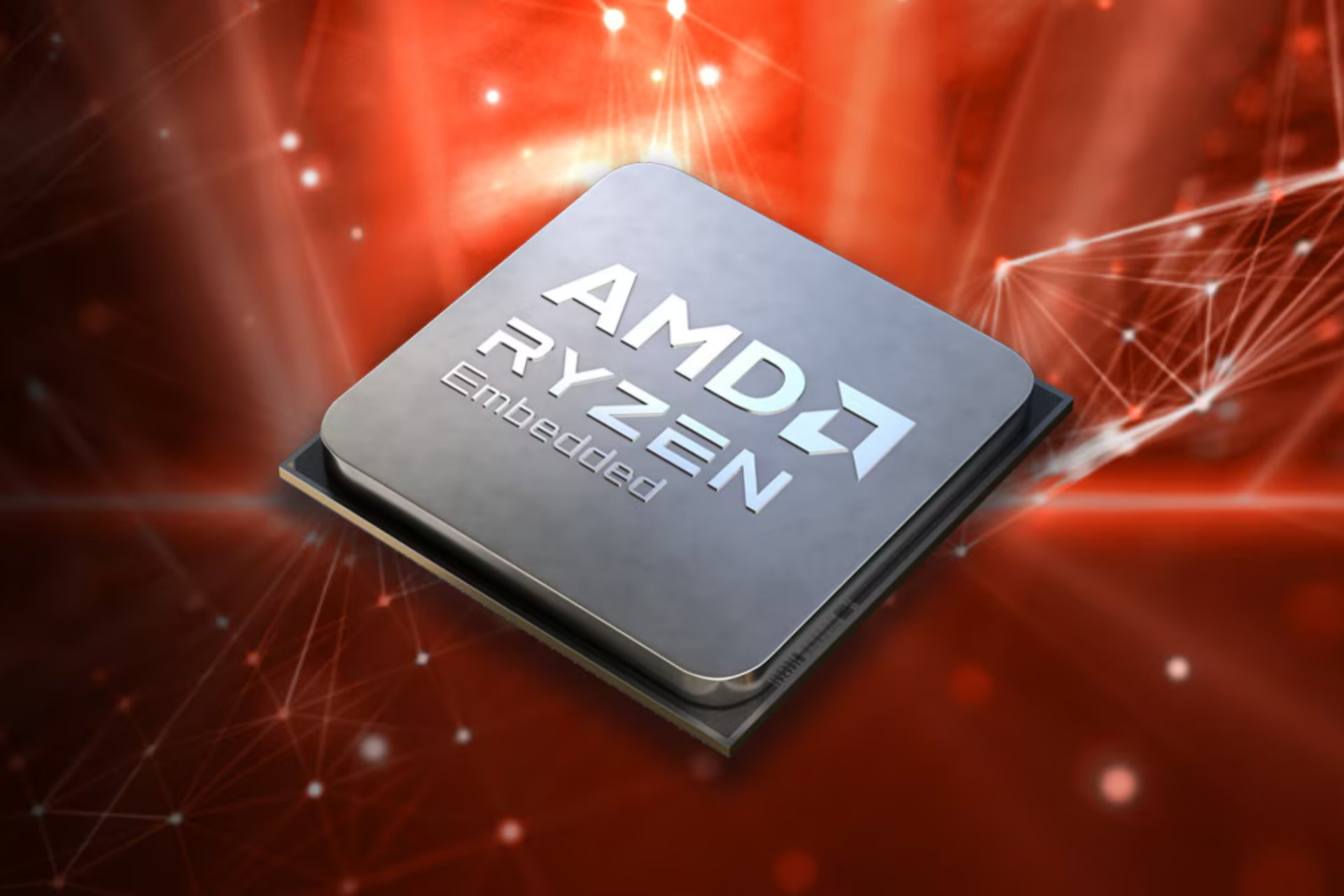

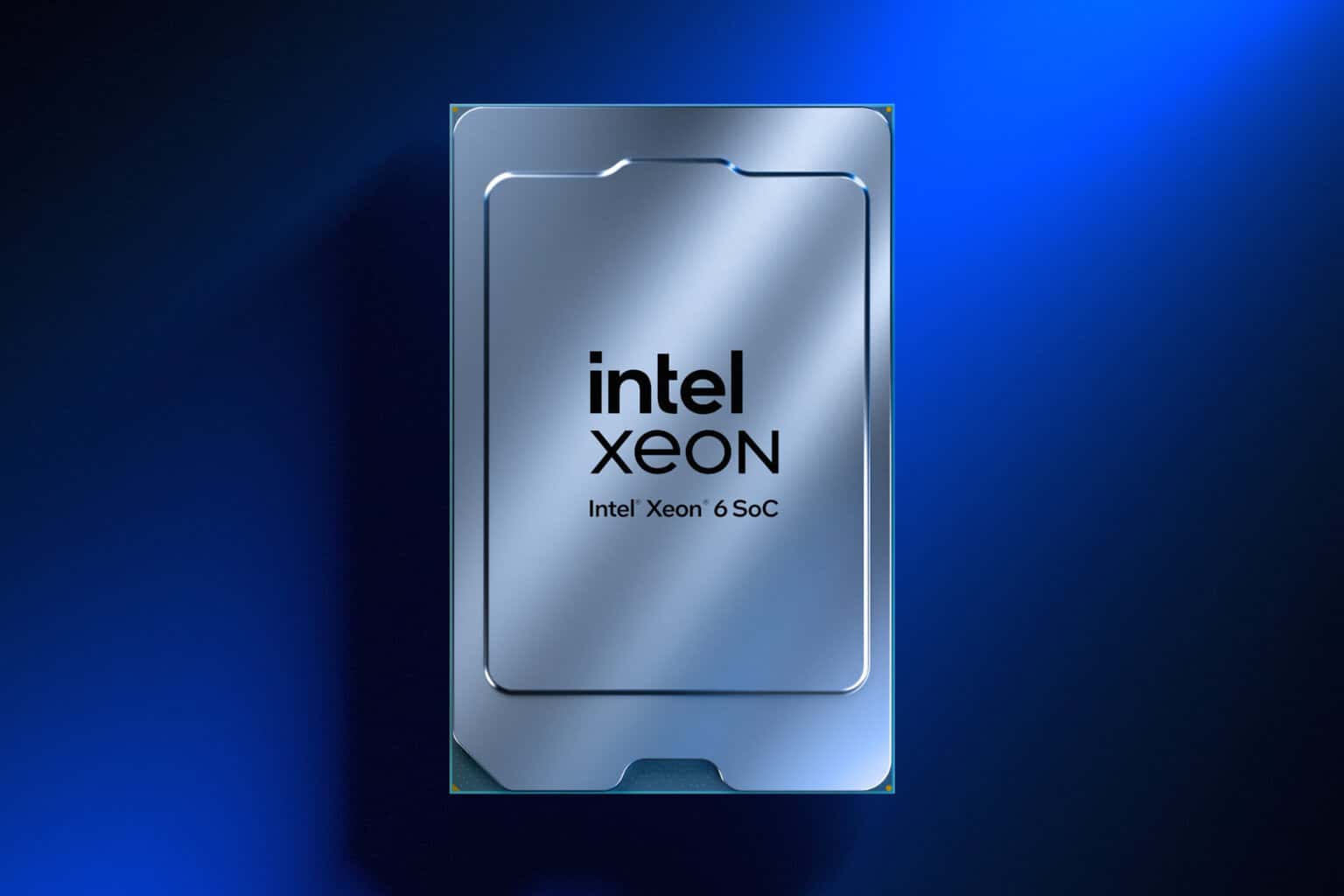

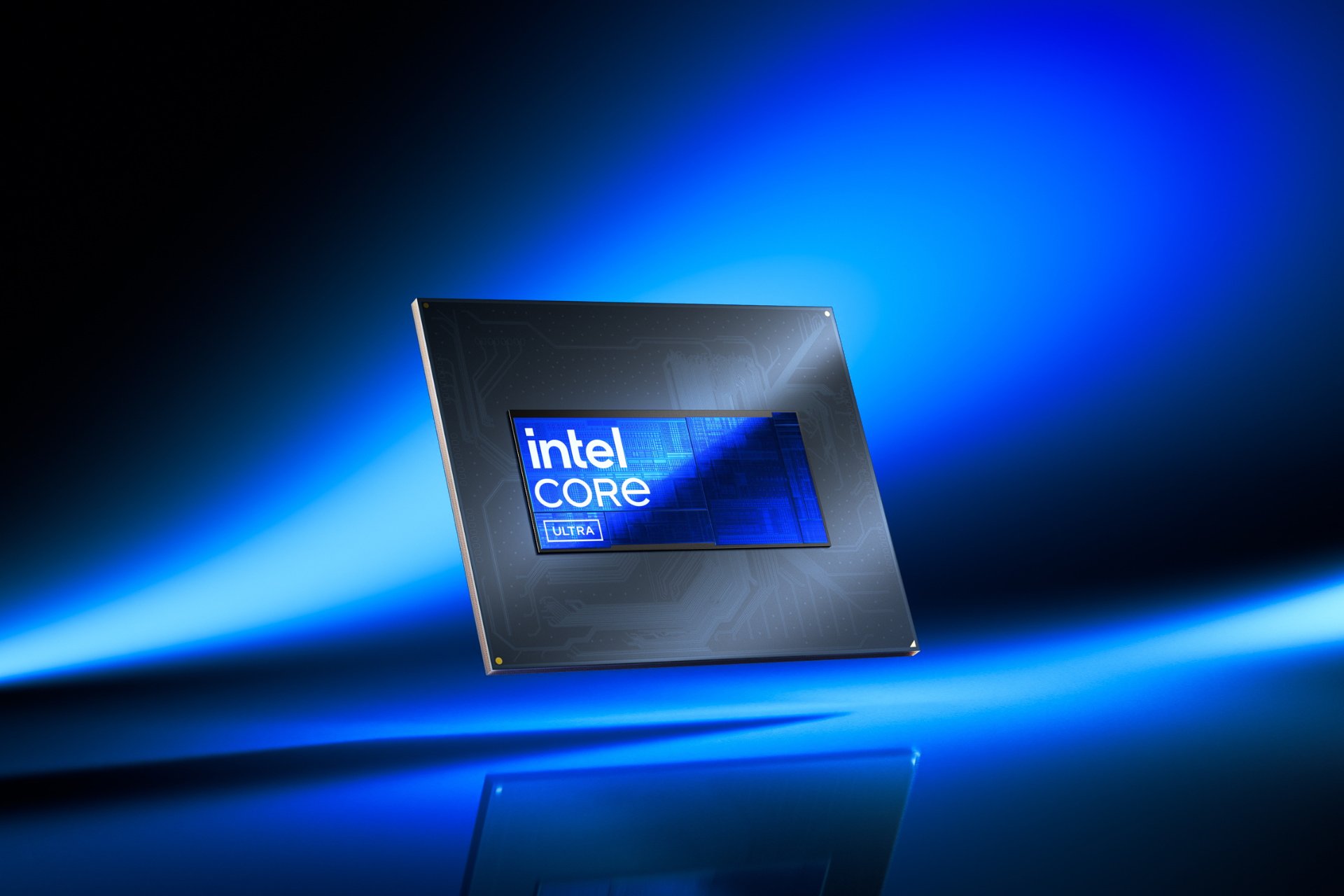
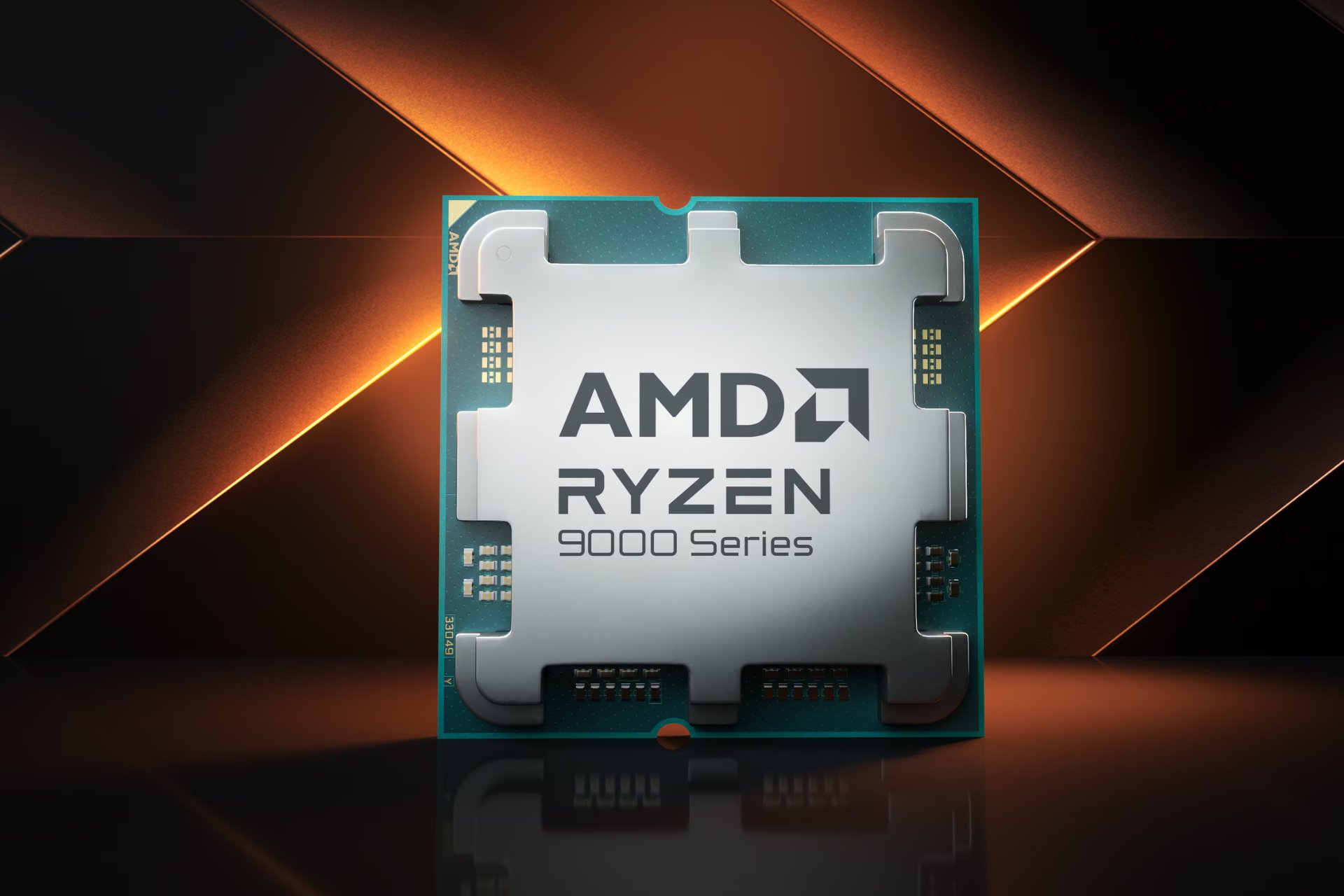
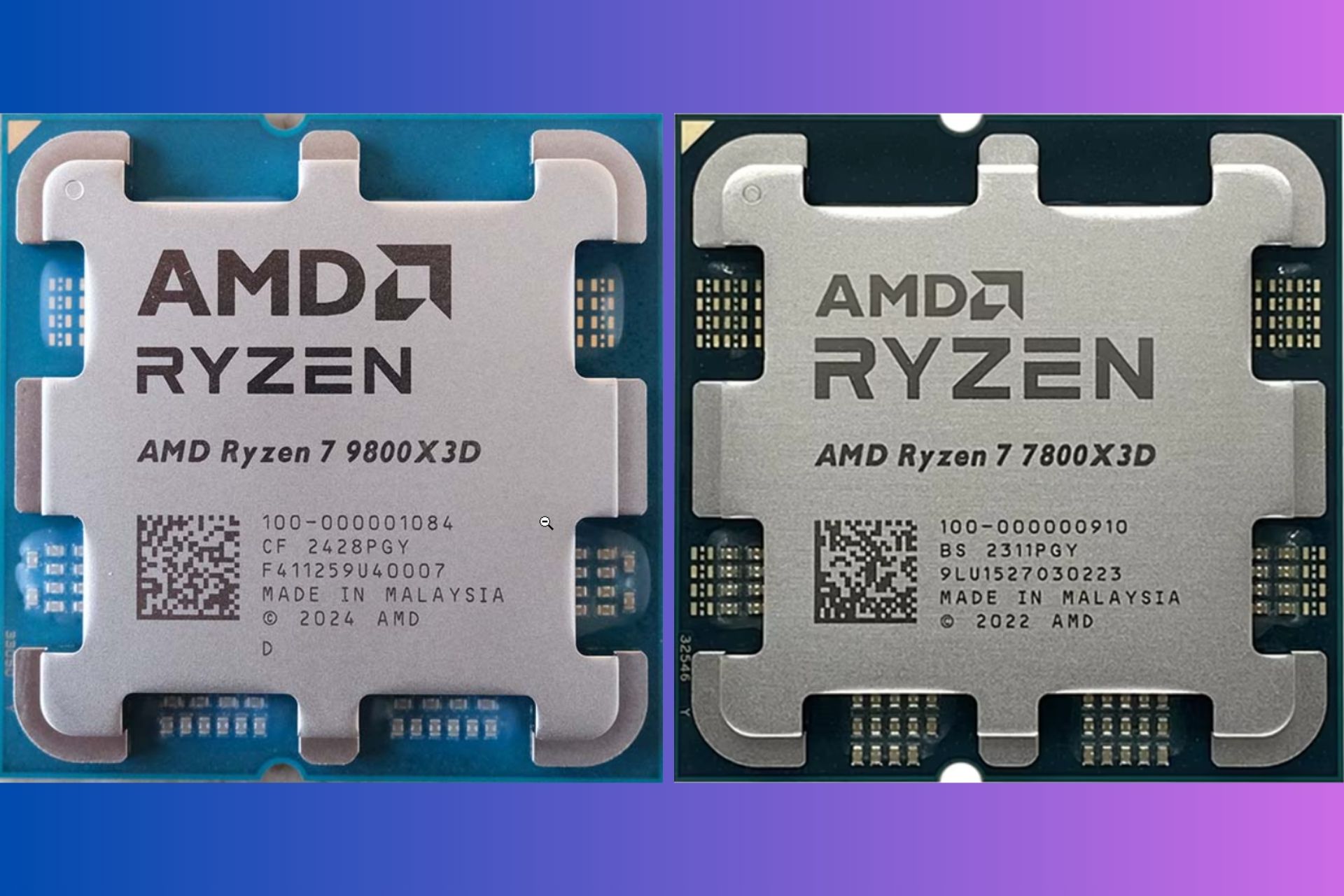
User forum
0 messages